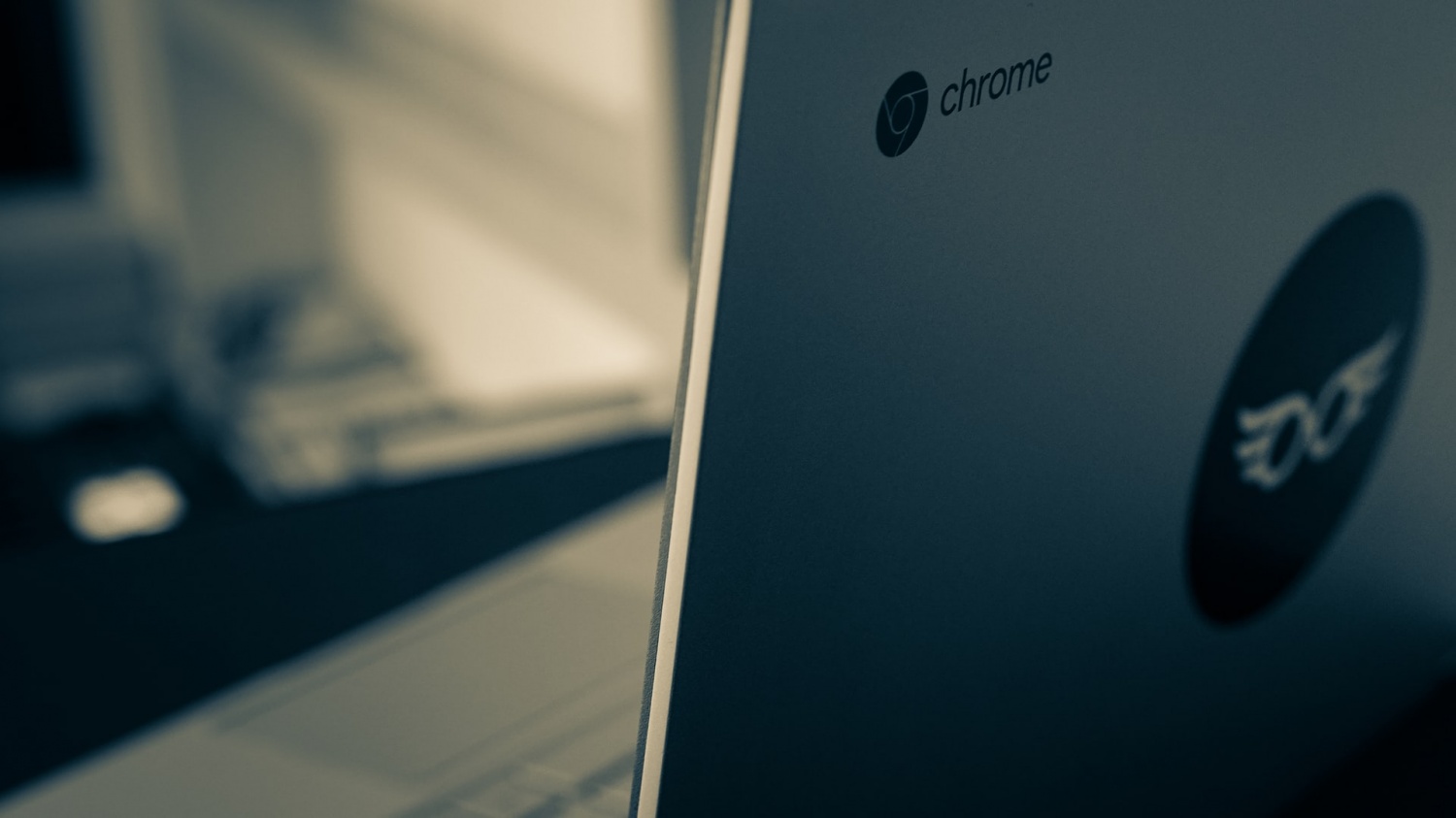Google has prepared a way to cast apps and notifications from your Pixel phone to your Chromebook or PC, and 9to5Google has enabled this feature to provide an exclusive first look.
Over the years, Google has created many ways for Android phones (especially Pixel phones) and desktop/laptops (especially Chromebooks) to be “better together”. The most recent example is Phone Hub, which offers easy access to your phone’s notifications, quick settings and more from the bottom corner of a Chromebook’s screen.
Another example is Messages for Web, which lets you connect your Windows/Mac/Chrome OS device to your phone to receive notifications for your incoming messages and reply to them in the web app. On Chrome OS, this is integrated into the system a bit more deeply, appearing in the Settings app and enabling notifications when the app is closed.
A little over a year ago, we offered an in-depth review of ‘Eche’, a Phone Hub extension that we believe would allow you to click an incoming notification from your phone and see a live stream of this app running on your phone. We assumed this would match the functionality of Microsoft’s Your Phone app for some Samsung and Surface phones.
At CES 2022, Google announced that later this year you’ll be able to access any chat app on your phone directly from your Chromebook “without having to reinstall them.” Last week, Google publicly released the first Android 13 developer preview build for Pixel phones, and it contains two “Cross Device” service apps. Each seems to be dedicated to connecting your Pixel to other devices.
Using these apps, our Dylan Roussel was able to enable cross-device streaming between a Pixel phone running Android 13 and a special web app. Despite our initial suspicions (and Google’s own announcement) that this was a Chrome OS exclusive feature, we were able to get this web app to work on a Windows 11 device as well.
Stream to your PC or Mac
The experience – which features a beautiful multicolored background – is able to open an app on your phone and stream it live through your browser. Once opened, you can then interact with the app as if it were natively open on your laptop/desktop, including clicking, tapping and tapping – perfect for using your favorite messaging apps.
Here, see Android phone app mirroring in action:
Another thing we didn’t expect is exactly how this feature works. Your Pixel generates an entirely separate virtual display, which streams to your laptop or desktop, rather than just mirroring your phone’s portrait screen. This second screen is where your messaging apps will appear. This means you can open an app on your laptop/desktop without disturbing apps running on your phone’s main screen.
Around the app stream, there are a handful of controls for the cross-device streaming experience. In the top right corner, there are buttons to send feedback, stop the app/video stream, go back one page, and resize the display. As it is a virtual display, it can theoretically be any size. To that end, Google has included an option to use a “tablet” screen instead of a phone-shaped screen.
At the bottom left there is a menu button which when clicked reveals the full list of apps installed on your phone. With this menu you can launch any app on your phone, not just messaging apps. Indeed, your entire phone is accessible through Pixel’s cross-device streaming.
Meanwhile, on the right side of the screen mirroring app, you’ll be offered a feed of your phone’s current notifications. As shown in the video above, clicking any of these opens cross-device streaming for the appropriate app to let you type in a full response.
After digging a little deeper, we think this web app is exactly how Windows, Mac, or Linux devices will experience Pixel’s cross-device streaming, while things will look a bit different on Chrome OS.
Deeper integration on Chrome OS
For Chrome OS, where Google has more control over the system, this cross-device streaming will be available from a built-in app that’s deeply connected to Phone Hub.
Clicking on a Phone Hub notification opens you directly to a phone-shaped window with a live stream of the app running in that virtual display. Similarly, Phone Hub is expanded to include a list of “recent apps” that launch when clicked.
For now, the Chrome OS version of Pixel’s cross-device app streaming seems to be a little less comprehensive than the web version. We have not yet found a way to launch a specific app from the phone, and we saw no option to change the display size. But overall, the deeper integration into Chrome OS makes this release a bit more exciting.
In our early tests, this app mirroring works surprisingly well on Windows laptops and Chromebooks, even when running on a less powerful Chrome OS device like the Lenovo IdeaPad Duet. Judging solely by the quality of the overall experience today, we think cross-device streaming of the Pixel series might finally be about to launch.
That said, the two required system apps/services are currently only available on Android 13. If Google intends to roll out Chrome OS phone app mirroring and/or web app in the near future, these apps will need to be added as part of a major system update, such as a removal of Pixel features.
Again, Google only announced the ability to reply to any message on Chrome OS, but – as we’ve demonstrated – the underlying capability is much more versatile and extensive.
Dylan Roussel & Abner Li contributed to this article
FTC: We use revenue-generating automatic affiliate links. Continued.

Check out 9to5Google on YouTube for more info:


![Exclusive: Pixel will be able to stream Android apps to your Chromebook/PC, here’s how it works [Video]](https://9to5google.com/wp-content/uploads/sites/4/2022/02/pixel-cross-device-streaming-chrome-os-telegram.jpg?quality=82&strip=all&w=1000)


